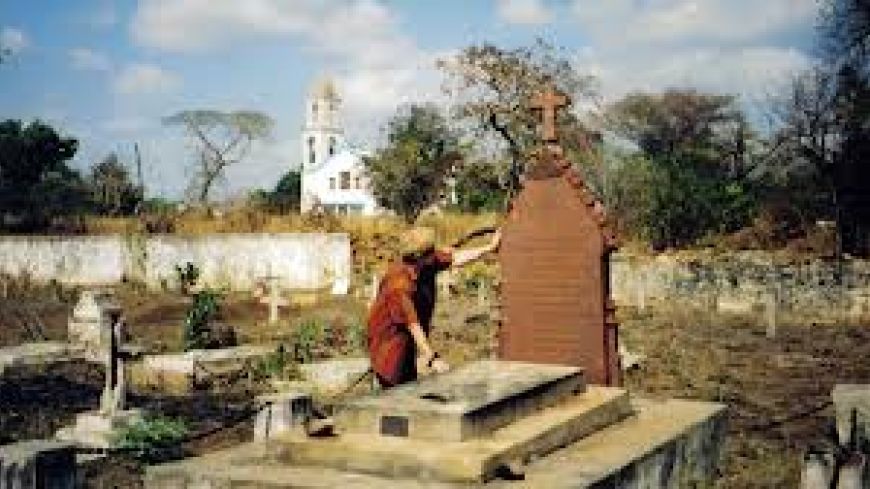
“Mary Livingstone was not only neglected by her husband David but airbrushed out of history.”
Chaired by Al Senter, this was an extremely vivacious and informative discussion on the African life and adventures of Mary Livingstone with travel writer Julie Davidson.
In order to research her biography “Looking For Mrs Livingstone,” Julie travelled extensively around remote areas of Africa from Malawi to Mozambique.
She needed to understand at first hand the hardships, the dangers of Mary’s experience taking part in David Livingstone's intrepid expeditions in the 1850s. At the time, if the animals didn’t get you, disease would.
A good starting point was to find out what drew Julie to explore the life of the Livingstones. Africa is “dangerously beguiling”, she replied, “ the wildlife, the people, so romantic, sentimental and special.”
She has visited Lake Malawi many times, sailing, bird-watching and reflecting on its long evolution from dark past to sunny present. Malawi continues to honour Livingstone, credited with bringing Christianity and purging much of its slave trade.
So who was Mary Livingstone, the wife of the legendary African explorer.?
Born in 1821 in southern Africa, Mary’s parents were Robert and Mary Moffat who established the Kuruman missionary station. By 1839 Robert’s work inspired David Livingstone to visit them where Mary was teaching at the school and they were married a few years later.
Apparently David was a maverick missionary committed partly to spread the Christian gospel to the local tribes but more interested in geographical exploration.
In 1850 he set off with Mary and their three children by ox cart to cross the Kalahari desert. She became the first white woman (who was also pregnant), to endure such a treacherous journey. Shortly afterwards her baby Elizabeth was born but died a few weeks later.
The following year she crossed the desert again after which her fifth child was born. Julie described her own journey to follow in Mary’s footsteps, but this time by comfortable, air conditioned 4x4 vehicle!
Livingstone then planned his Zambezi expedition but decided that Mary and the children (four under six years old) should return to his parents’ home in Scotland. The culture shock must have been unbearable: a prim Victorian, teetotal household in the cold winter compared to her beloved African Bush.
In 1862 she returned to Africa and joined Livingstone for a trip to the Zambezi. But three months later Mary died in Chupanga, Mozambique of acute malaria. She was 41.
While David was shocked at her sudden early death, Mary's extraordinary contribution to his work was quickly forgotten - her letters were burnt and the story of her life ignored by biographers of Livingstone.
In conversation with Al Senter, Julie paints a very colourful portrait of Mary not least commenting on her rather plain features. She was no beauty as photographs clearly show.
Of course marrying a Moffat daughter was a smart move as her father assisted David greatly by offering a diplomatic passport due his high social position.
A question from the audience – might her biography be adapted as a film or TV documentary.? Julie admitted that the BBC is considering the book but no decision yet.
She would love Meryl Streep to portray the courageous, tough- spirited, feisty Mary. After playing Karen Blixen in Out of Africa, this new movie could be called Into Africa!
"Looking for Mrs Livingstone" by Julie Davidson (Saint Andrew Press)

